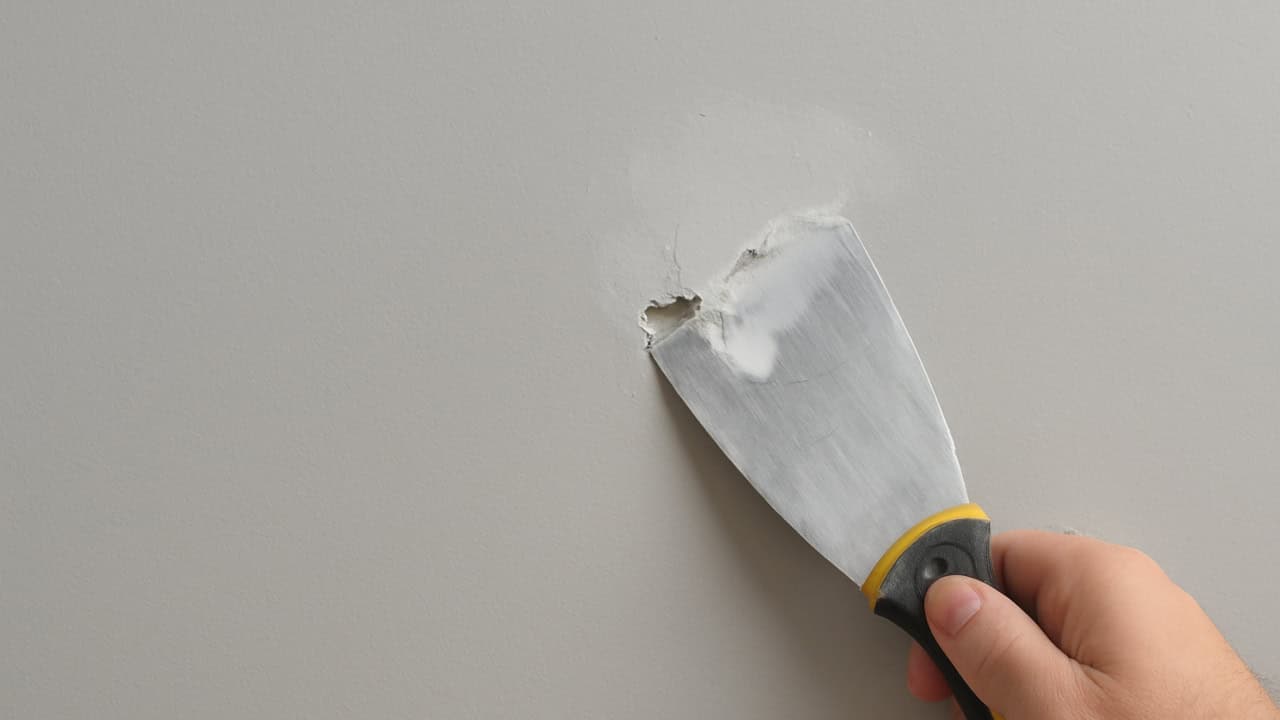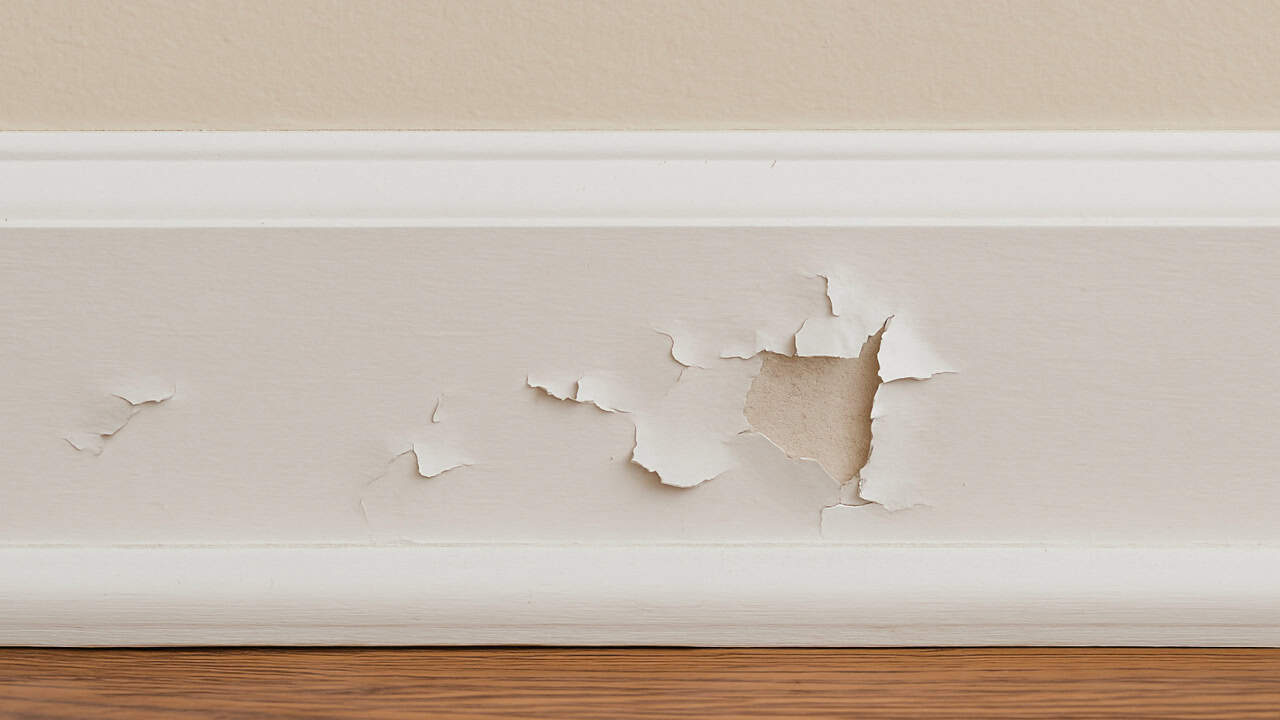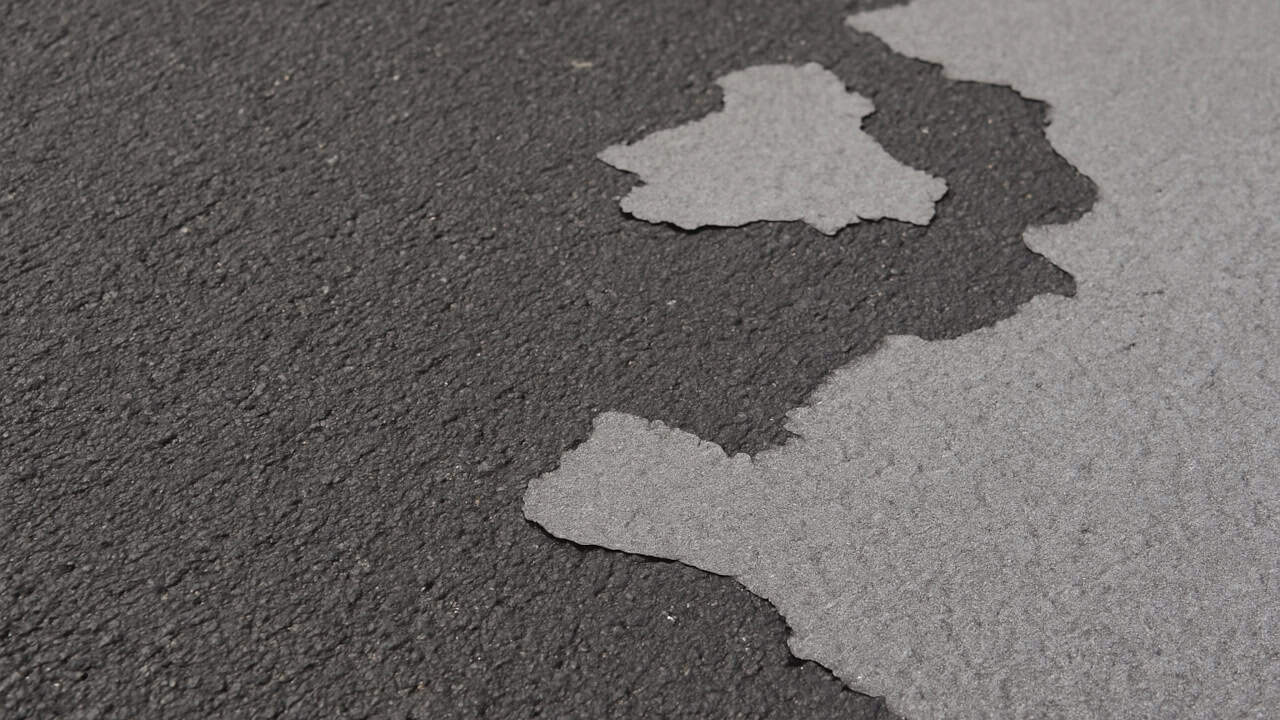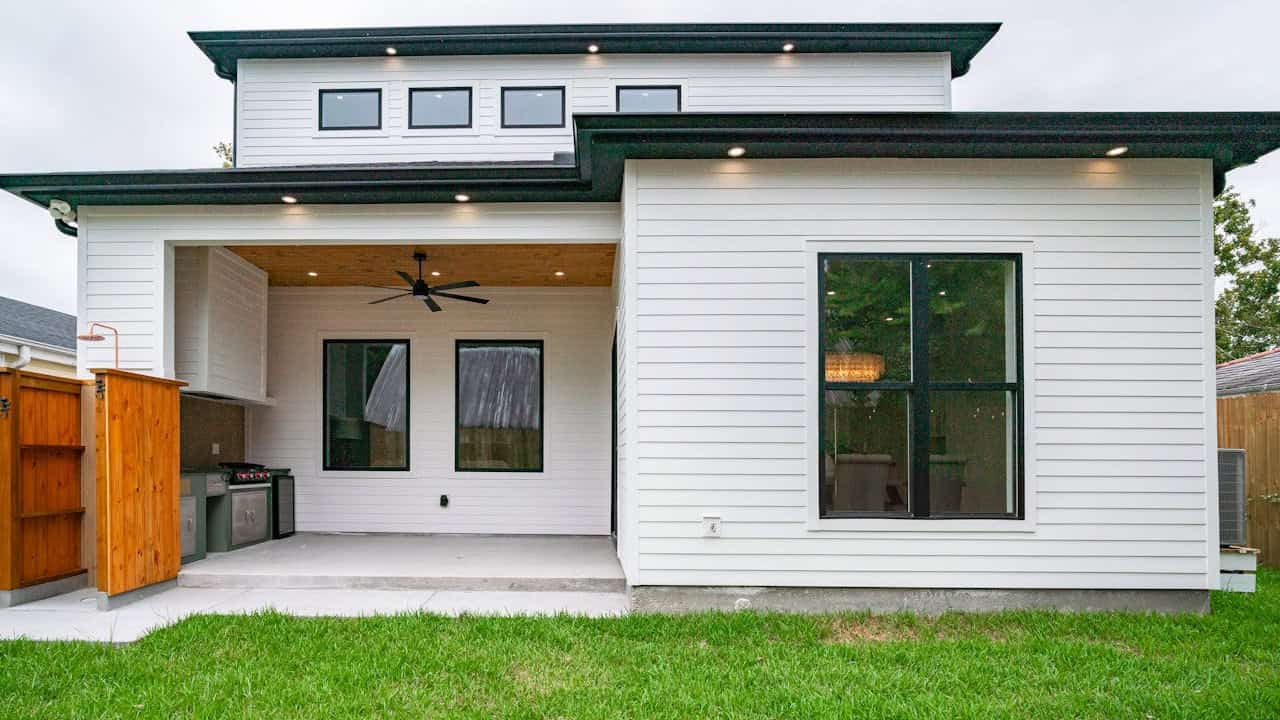Maintenance
Home Maintenance and Repair Guide
Home maintenance keeps your property in good condition and prevents small problems from becoming expensive repairs. Regular upkeep protects your investment, maintains comfort and safety, and helps avoid emergency situations. Whether you're fixing drywall holes, painting trim, sealing surfaces, or protecting your landscaping, understanding basic maintenance skills saves money and extends the life of your home's components.
Understanding Preventive Maintenance
Preventive maintenance means taking care of your home before problems develop. This approach involves regular inspections, cleaning, and minor repairs that stop damage from spreading. Checking for leaks, cleaning gutters, touching up paint, and sealing cracks are all preventive tasks that cost little but prevent major expenses later. Most homeowners find that spending a few hours each season on maintenance prevents thousands of dollars in repair bills.
Reactive maintenance happens when you fix something after it breaks or fails. While some repairs are unavoidable, many emergency situations result from skipped maintenance. A small roof leak that goes unnoticed can damage insulation, rot wood framing, and create mold problems. Regular inspections catch these issues early when fixes are simple and affordable. Building a maintenance schedule helps you stay ahead of problems rather than constantly responding to emergencies.
Interior Maintenance Tasks
Interior maintenance focuses on walls, ceilings, floors, paint, and fixtures inside your home. Drywall develops holes and cracks over time from door handles, furniture bumps, and settling. Repairing these damages requires joint compound, sanding tools, and matching paint. Small holes under two inches need simple patching, while larger damage may require backing boards or replacement sections. Learning proper sanding and feathering techniques creates invisible repairs that blend with surrounding surfaces.
Paint maintenance protects surfaces and keeps your home looking fresh. Interior paint fails when moisture penetrates walls, surface preparation was inadequate, or incompatible products were layered. Trim paint peeling often signals moisture problems from leaks, condensation, or lack of primer. Regular cleaning removes dirt and oils that prevent new paint from bonding. Touch up chips and scratches promptly to prevent moisture damage to underlying materials like wood or drywall.
Floors require different maintenance depending on material type. Hardwood needs regular sweeping, occasional damp mopping, and refinishing every several years to maintain the protective finish. Tile grout cracks and stains over time, requiring cleaning and resealing. Carpet benefits from frequent vacuuming and prompt stain treatment. Understanding your flooring material helps you choose appropriate cleaning products and methods that preserve rather than damage surfaces.
Exterior Maintenance Priorities
Exterior maintenance protects your home from weather, moisture, and pest damage. The roof is your first line of defense against rain and snow. Regular inspections check for missing shingles, damaged flashing, and worn seals around vents and chimneys. Gutters and downspouts must stay clear of leaves and debris to direct water away from the foundation. Clogged gutters overflow and pour water down exterior walls, causing rot, mold, and foundation problems.
Siding protects the structural walls from moisture and provides insulation value. Different siding materials require specific maintenance approaches. Vinyl siding needs occasional washing and inspection for cracks or loose panels. Wood siding requires regular painting or staining every few years to prevent moisture penetration and rot. Fiber cement siding is durable but needs caulk maintenance at joints and around windows. Protect all siding types from weed eater damage by maintaining clear zones or installing protective barriers.
Windows and doors need weatherstripping replacement, caulk maintenance, and regular cleaning. Check for air leaks around frames that increase heating and cooling costs. Wood frames require paint maintenance to prevent rot. Screens develop holes that let insects inside, but replacement screening material and spline tools make repairs straightforward. Proper exterior door maintenance includes lubricating hinges, adjusting strike plates, and replacing worn thresholds.
Seasonal Maintenance Schedule
Spring maintenance focuses on recovering from winter weather and preparing for summer heat. Inspect the roof for damage from ice and snow. Clean gutters and check that downspouts direct water away from the foundation. Test air conditioning systems before hot weather arrives. Examine exterior paint and siding for cracks or peeling that need attention. Spring is ideal for exterior painting and sealing projects because moderate temperatures help products cure properly.
Summer allows time for larger outdoor projects when weather cooperates. Pressure wash siding, decks, and concrete surfaces to remove winter grime. Trim trees and bushes away from the house to prevent moisture damage and pest access. Check for wasp nests and other insect problems early. Inspect and repair damaged screens before you need them for ventilation. Summer heat is perfect for concrete and asphalt sealing projects that require warm temperatures to cure.
Fall maintenance prepares your home for cold weather. Clean gutters again after leaves finish falling. Inspect and service the heating system before winter. Seal gaps and cracks where cold air enters or heat escapes. Check weatherstripping on doors and windows. Drain and store garden hoses to prevent freeze damage. Cover air conditioning units and shut off exterior water faucets in areas with freezing temperatures.
Winter maintenance includes monitoring for ice dams on the roof, which form when heat escapes through inadequate insulation. Keep vents and exhaust systems clear of snow. Check that humidity levels stay reasonable to prevent condensation problems. Winter is a good time for indoor projects like painting, drywall repairs, and organizing maintenance supplies. Plan spring projects and order materials during winter when you have time for research.
Essential Maintenance Tools and Supplies
Basic maintenance requires a small collection of quality tools that handle most common tasks. A cordless drill with various bits, a hammer, screwdrivers, pliers, and an adjustable wrench cover mechanical repairs. Putty knives, joint compound, sandpaper, and paint brushes handle wall and paint maintenance. A ladder that reaches your gutters and a flashlight for inspections are essential safety items. Investing in decent tools pays off through years of reliable service.
Keep common supplies on hand to address problems immediately. Spare furnace filters in the correct size, caulk in colors matching your trim, touch up paint for walls, and basic plumbing supplies like washers and pipe tape enable quick fixes. Stock safety equipment including work gloves, safety glasses, and dust masks. Having supplies ready means you can fix small problems before they become large ones.
Common Maintenance Problems
Moisture causes most home maintenance problems. Water intrusion through roofs, walls, or foundations leads to rot, mold, and structural damage. Regular inspections identify moisture sources early. Proper ventilation in bathrooms, kitchens, and attics prevents condensation damage. Maintaining gutters, downspouts, and grading keeps water moving away from your foundation. Addressing moisture problems promptly prevents expensive damage to framing, insulation, and finishes.
Paint failure signals underlying issues that need attention. Peeling paint often indicates moisture problems, poor surface preparation, or incompatible products. Scraping loose paint, addressing moisture sources, priming bare surfaces, and using quality paint creates durable finishes. Exterior paint protects wood and other materials from weather damage, making regular repainting essential maintenance rather than just cosmetic improvement.
Cracks in concrete driveways, sidewalks, and foundations develop from freeze-thaw cycles, settling, and age. Small cracks spread when water enters, freezes, and expands. Sealing cracks promptly prevents enlargement. Regular concrete sealing protects against moisture penetration and surface scaling. Understanding when cracks indicate minor settling versus serious structural problems helps you determine if professional inspection is needed.
Cost Benefits of Regular Maintenance
Regular maintenance costs far less than major repairs or replacements. Cleaning gutters twice yearly prevents thousands of dollars in foundation and siding repairs. Annual HVAC servicing extends equipment life and maintains efficiency, reducing energy bills and delaying expensive replacements. Simple caulking and weatherstripping improvements lower heating and cooling costs immediately while preventing moisture damage to window frames and walls.
Maintained homes retain value better than neglected properties. When you eventually sell, buyers notice fresh paint, solid surfaces, and functioning systems. Maintenance records demonstrate responsible ownership and justify asking prices. Deferred maintenance reduces property value and gives buyers negotiating leverage. Regular upkeep means you enjoy a comfortable, attractive home while protecting your investment.
When to Call Professionals
Some maintenance tasks require professional expertise and equipment. Electrical work beyond replacing fixtures, gas appliance repairs, and structural modifications need licensed contractors. Roof repairs on steep slopes or multiple stories create fall hazards for inexperienced homeowners. Complex plumbing issues involving main lines or sewer connections require proper tools and permits. Knowing your skill limits prevents injuries and code violations.
Even when hiring professionals, understanding basic maintenance helps you communicate problems clearly and evaluate whether quoted work is necessary. Regular homeowner maintenance catches issues early when they're less expensive to fix. You can handle routine cleaning, simple repairs, and monitoring tasks while leaving specialized work to experts. This balanced approach maximizes value while maintaining safety and quality.

Seasonal Home Maintenance Checklist
Quarter-by-quarter tasks to protect systems, prevent repairs, and save money.

How to Repair Small Holes in Drywall
Step-by-step method and materials for seamless, invisible drywall repairs.

Why Is My Trim Paint Peeling?
Find the root cause and fix it right—moisture, prep, UV, and maintenance tips.

Why Is My Driveway Sealer Peeling?
Prep right and choose compatible sealers to stop peeling and restore curb appeal.

How to Waterproof Drywall in Garage
Protect walls from humidity and splashes using paint, membranes, or FRP panels.

How To Protect Plants From Weed Eater
Simple barriers and technique adjustments to prevent plant damage while trimming.

How To Protect Siding From Weed Eater
Stop chips and cracks with smart edging, barriers, and safe trimming practices.
